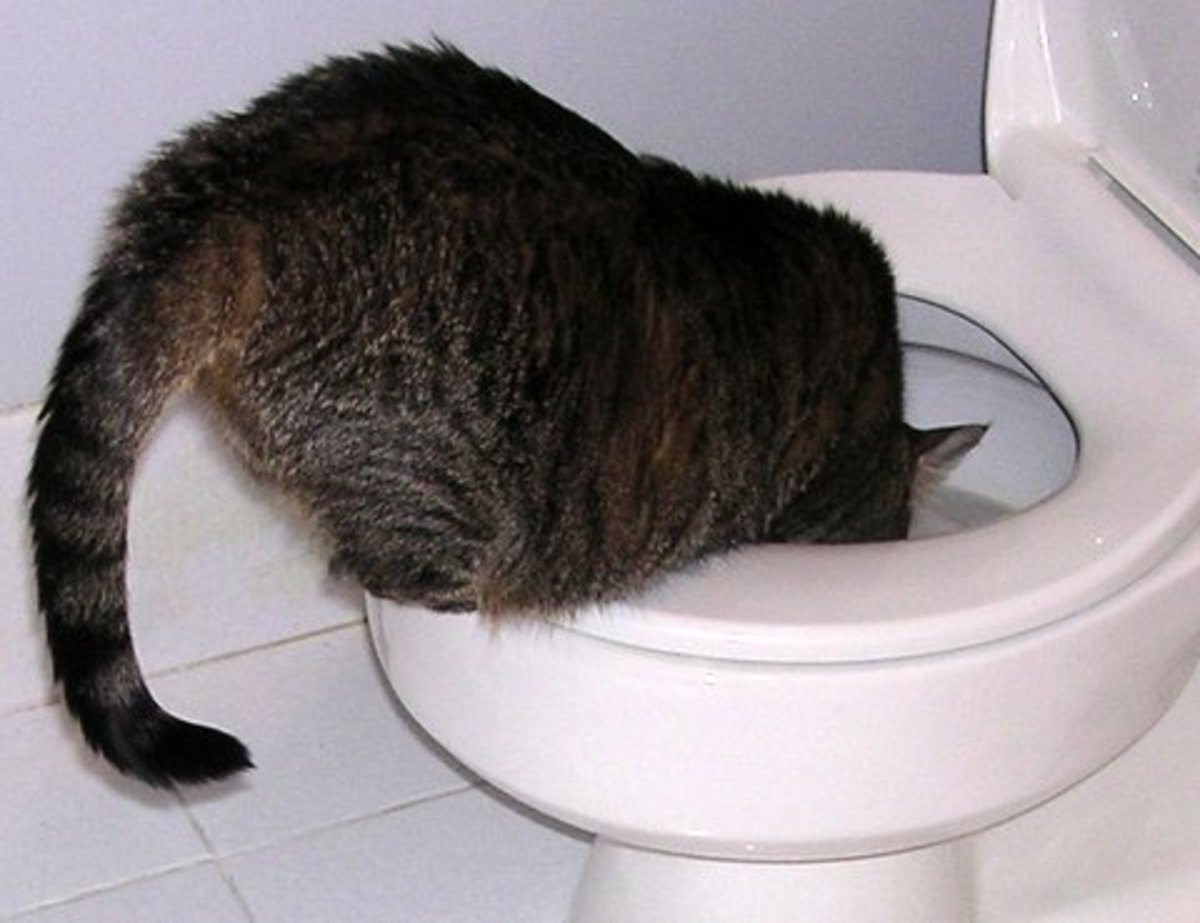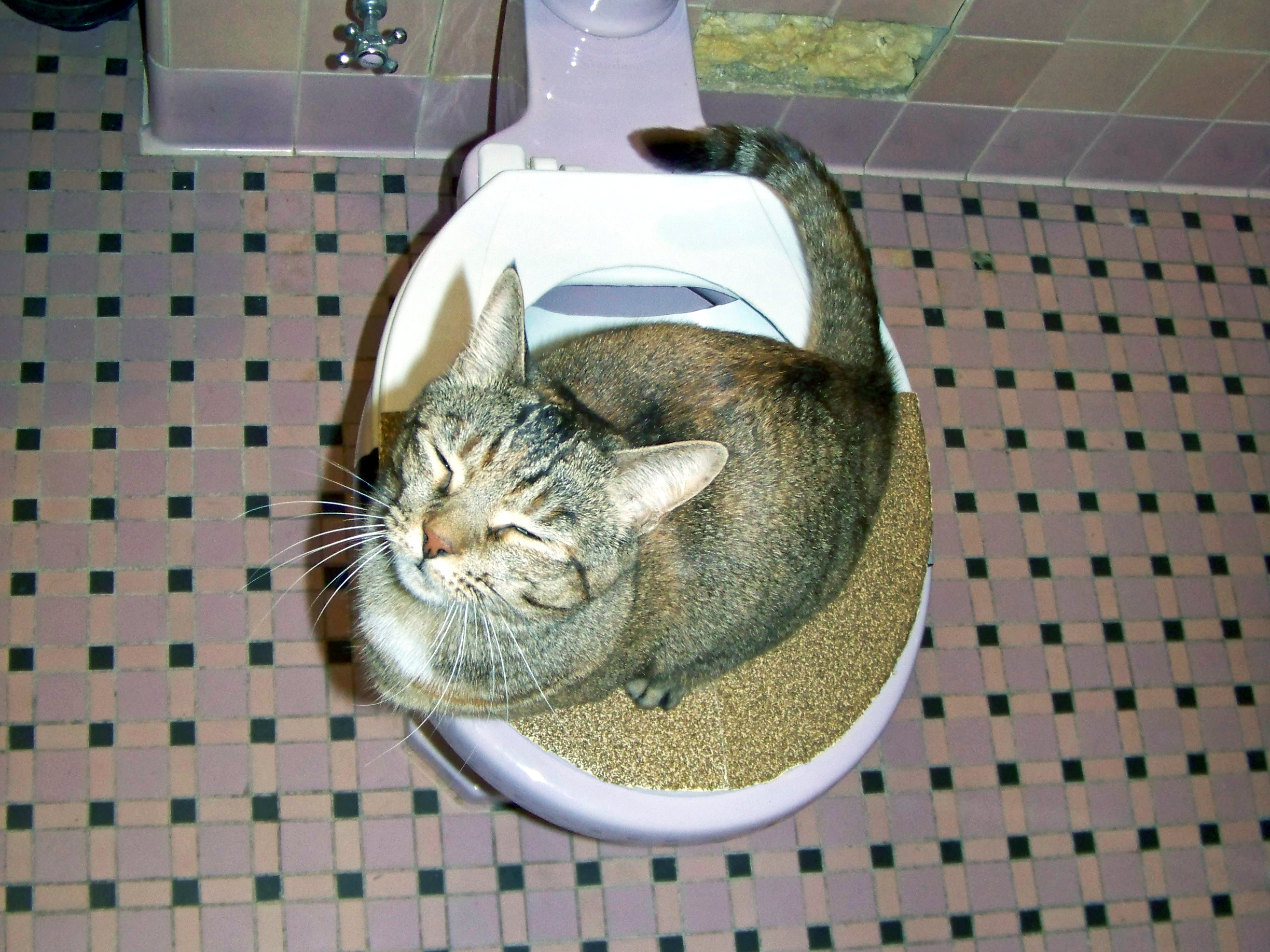The article which follows on the subject of How to Dispose of Cat Poop and Litter Without Plastic Bags is seriously compelling. You should check this stuff out.

Intro
As pet cat proprietors, it's essential to be mindful of just how we dispose of our feline good friends' waste. While it may appear convenient to purge feline poop down the commode, this practice can have harmful effects for both the environment and human health.
Alternatives to Flushing
Luckily, there are much safer and a lot more accountable methods to take care of pet cat poop. Think about the complying with alternatives:
1. Scoop and Dispose in Trash
The most common method of throwing away cat poop is to scoop it into a biodegradable bag and throw it in the trash. Be sure to utilize a dedicated clutter scoop and deal with the waste without delay.
2. Use Biodegradable Litter
Go with naturally degradable pet cat litter made from products such as corn or wheat. These clutters are environmentally friendly and can be safely dealt with in the garbage.
3. Hide in the Yard
If you have a yard, think about hiding pet cat waste in an assigned area far from veggie gardens and water sources. Be sure to dig deep sufficient to avoid contamination of groundwater.
4. Set Up a Pet Waste Disposal System
Invest in an animal waste disposal system specifically developed for cat waste. These systems use enzymes to break down the waste, decreasing odor and environmental influence.
Wellness Risks
Along with ecological worries, purging cat waste can likewise present health risks to human beings. Feline feces may include Toxoplasma gondii, a parasite that can cause toxoplasmosis-- a possibly severe health problem, particularly for expectant ladies and people with weakened body immune systems.
Environmental Impact
Purging feline poop presents harmful microorganisms and bloodsuckers into the supply of water, posing a considerable threat to aquatic ecosystems. These pollutants can adversely influence marine life and compromise water high quality.
Verdict
Liable family pet ownership expands beyond supplying food and shelter-- it also includes appropriate waste administration. By avoiding purging pet cat poop down the toilet and opting for alternate disposal techniques, we can reduce our environmental footprint and protect human wellness.
Why You Should NEVER Flush Cat Poop (and/or Litter) Down Your Toilet
The Problem with Litter
The main function of litter is to solidify and adhere to your cat’s waste. While this makes litter excellent for collecting cat poop and urine, it’s also the exact property that makes it a nightmare when flushed down the toilet.
Cat litter can and will clog pipes. There is non-clumping litter, but it’s still quite heavy and can build up in pipes. This is true even of supposed “flushable litter.”
The problems only compound when the litter is already clumped into cat waste. Toilet paper is among the more flushable things, and even too much of that will clog a toilet.
The Problem with Cat Poop
Sewers and septic systems are designed with human waste in mind. The microbes that help break down human waste don’t work on cat waste. Additionally, cat poop plays host to the parasite Toxoplasma gondii.
When flushed, this parasite can enter the environment in places it was never meant to, posing a risk to pregnant women, their unborn children, and other people with compromised immune systems. While it might not seem possible, flushing cat poop can indeed introduce this parasite to the public water supply.
These reasons are why, even if you’ve trained your cat to go on the toilet and flush, which is possible, it’s still not a good idea. Also, pregnant women and the immunocompromised shouldn’t change litter, either.
How to Handle Litter
The best way to handle litter is to simply put it in a plastic bag and place it in the trash. Avoiding environmental risks and possible plumbing damage is worth the extra effort.
You can also invest in devices that seal away your cat’s waste in a separate compartment, so you don’t have to change the litter nearly as often. They’re also safer for pet owners because they limit the possibility of Toxoplasma gondii exposure.
Disposing of litter the old-fashioned way will ensure you won’t have to worry about any issues that flushing the waste can potentially cause.
Take Care of Clogged Pipes with Stephens Plumbing, Heating & Air Conditioning
The reasons you should never flush cat poop down your toilet are numerous, but sometimes the inevitable happens despite your best efforts.
Stephens Plumbing, Heating & Air Conditioning is ready to help if you’re experiencing litter-blocked plumbing. Whether you need us in an emergency or want to schedule regular maintenance, we’re here for you.
https://www.stephensplumbing.net/bathroom-plumbing/never-flush-cat-poop-down-your-toilet/

Hopefully you liked our excerpt on How to Dispose of Cat Poop and Litter Without Plastic Bags. Thanks a ton for taking the time to read our posting. You should take the opportunity to share this blog post if you enjoyed reading it. We treasure reading our article about Don’t flush cat feces down the toilet.
Visit The Following Page